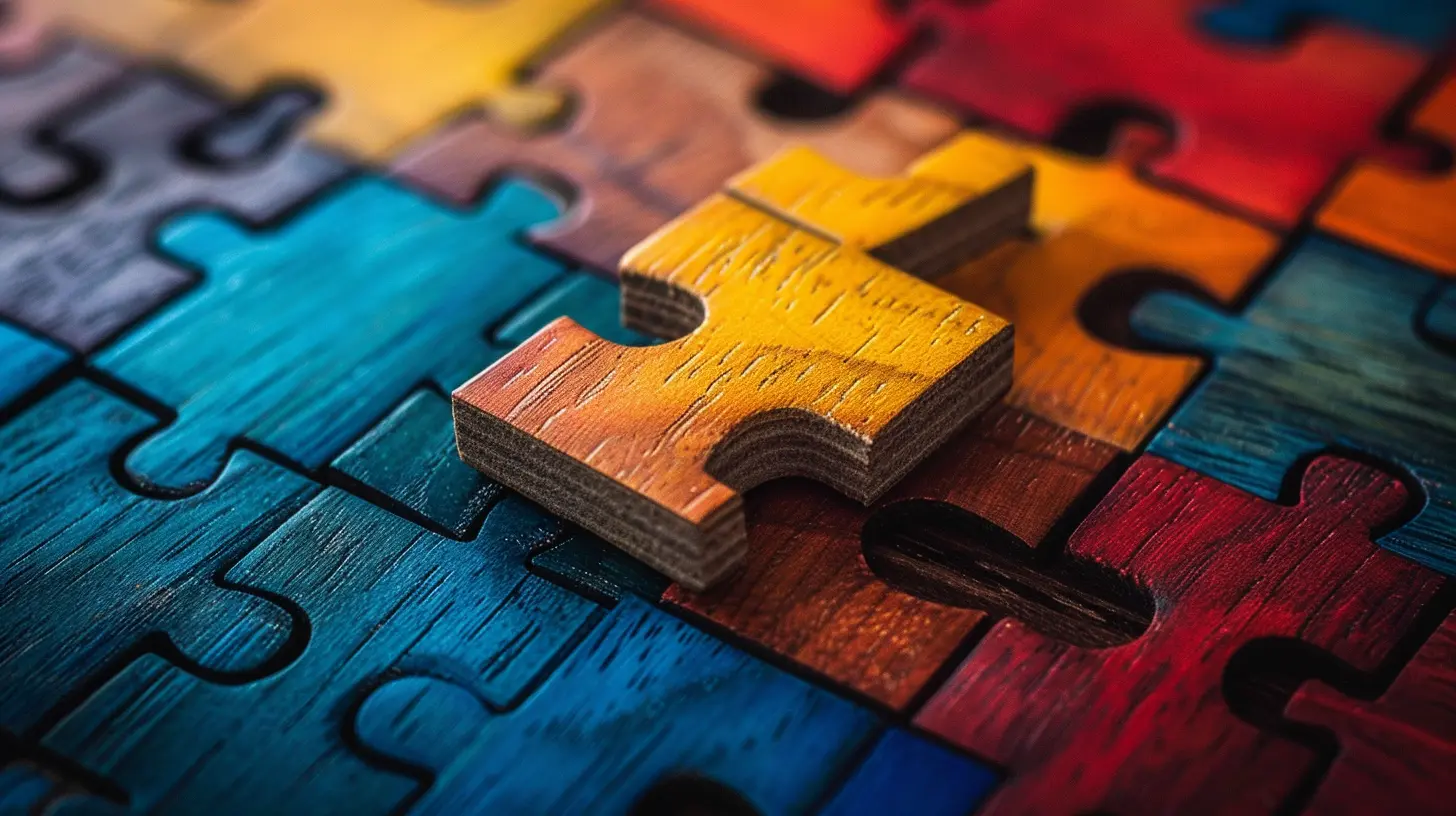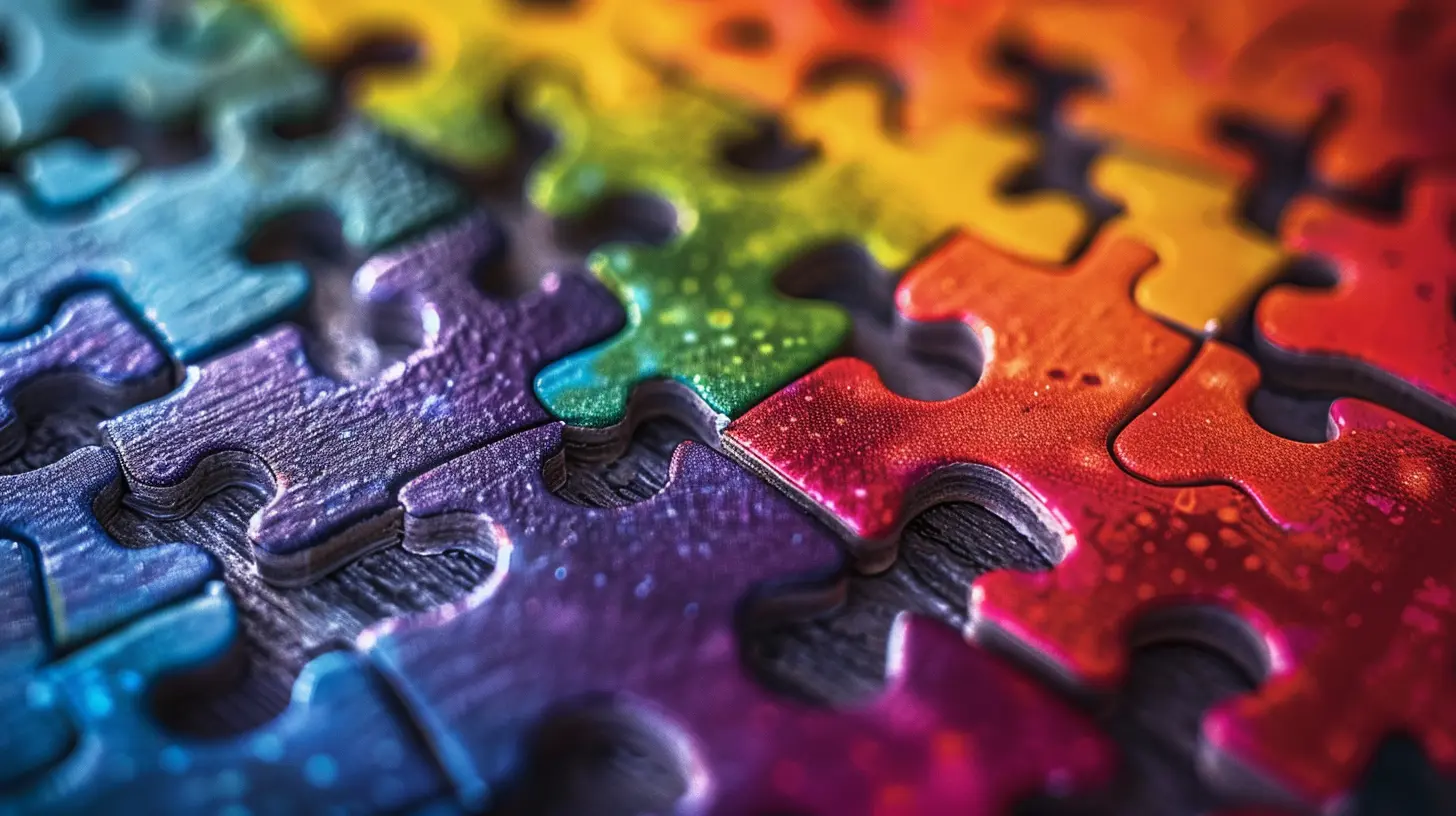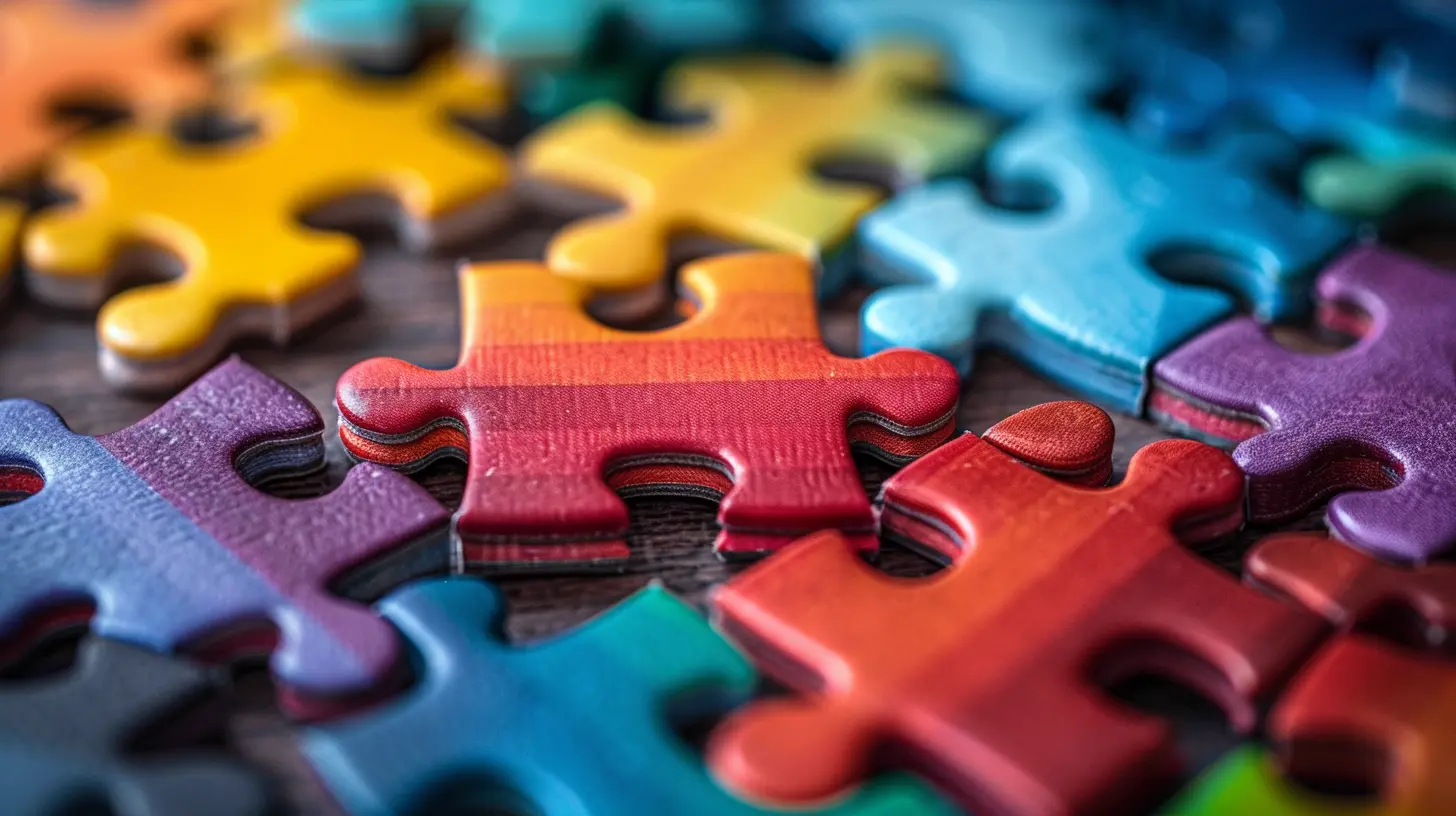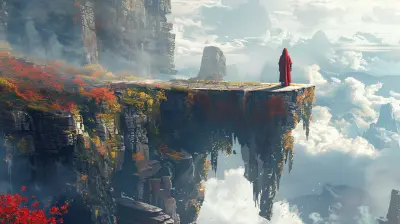The Power of Color Matching in Popular Puzzle Games
17 November 2025
Ah, color matching — the humble mechanic that’s been melting brains and stealing time since the dawn of Tetris and Candy Crush. You might think it's just about lining up three red circles and calling it a day, but oh no, dear reader. The art of color matching in puzzle games is a delightful mixture of strategy, timing, and just the right spritz of chaos.
It’s the perfect storm of logic meets whimsy. Let’s dive into the colorful rabbit hole and take a look at why color matching is such an addictive powerhouse in the puzzle game universe.
Why Color Matters in Puzzle Games (Besides Looking Pretty)
Let’s start with the obvious — colors are easy on the eyes and even easier on the brain. Our brains LOVE patterns. When it sees a row of blues lining up, it releases a nice little shot of dopamine, the brain’s version of a high-five. Color is one of the fastest ways our minds can recognize patterns, and puzzle games know it.Take, for example, Bejeweled Blitz. You’re not matching shapes, you’re matching colors. Bright, neon colors. It’s visual candy for your brain (pun very intended). Color helps guide the player subconsciously, making it intuitive and accessible for kids and adults alike.
So yeah, it’s not just about aesthetics — it's neuroscience, baby.
The Addictive Appeal: Why We Keep Swiping, Sliding, and Tapping
Ever lose three hours to a game because you needed “just one more combo”? Yep, that’s the power of color matching.Puzzle games like Candy Crush, Toon Blast, and Homescapes tap into what's called the “flow state” — that magical zone where you’re completely immersed in gameplay. Color matching keeps the action fast and rewarding. Match three? Cool. Match four? Boom — combo. Match five? Time to nuke the board!
These games constantly dangle shiny new goals and explosive combos in front of you, and thanks to how easy it feels to swipe a few colors together, you get hooked. Fast.
The Evolution of Color Matching: From Casual to Competitive
Gone are the days when color matching was just a cute mobile time-waster. It's grown. It’s bulked up. It hit the gym and now it's flexing in competitive arenas.Just look at games like Puzzle & Dragons or Tetris 99. These games mash up color matching with RPGs and battle royales. Yup, you heard that right — you can now battle 98 strangers in real-time, all while trying to match falling blocks.
Color matching has gone from baby steps to beast mode. It's not just clicking colors anymore; it's about planning moves, countering enemies, and sometimes even building combos while under pressure. It's like playing chess, but with Skittles.
Popular Puzzle Games That Made Color Matching a Lifestyle
Let’s highlight a few games that didn’t just use color matching, but turned it into an empire.1. Candy Crush Saga
You knew this was coming. Candy Crush is basically the godfather of color-matching mobile games. It’s sweet, deceptively simple, and insanely addictive. Those sugary tiles? Genius.With a zillion levels and power-ups like Color Bombs and Striped Candies, there’s always something more to match, explode, and obsess over. And let’s not ignore the slick social features that make losing a life feel like the end of the world.
2. Tetris
Okay, so technically Tetris is more about shape than color, but modern versions have embraced color like a chameleon with a paint set. Tetris Effect takes it up a notch with visuals that pulse and color-shift with the music. Your brain isn’t just matching blocks — it’s going on a psychedelic journey.3. Bejeweled Series
This is where it all began for many of us. Simple grid. Shiny gems. 3-match combos that escalate into cascading fireworks. If Candy Crush is the flashy socialite, Bejeweled is the classy original.4. Two Dots
Minimalist design meets addictive gameplay. Two Dots strips away the glitter and fluff and gives you straight-up color matching, but wrapped in an aesthetically pleasing package that makes you feel sophisticated even as you scream internally trying to clear that one stubborn dot.5. Puzzle Quest Series
Here’s where things get spicy. Puzzle Quest throws you into a fantasy RPG world, but instead of dragon-slaying with a sword, you’re slinging combos and matching color tiles to power spells. It’s like Dungeons & Dragons met Candy Land and had a glorious baby.The Psychology Behind The Colors: More Than Just Rainbows
Colors aren’t just random — game developers use them strategically. Here’s how:- Red usually signals urgency or power. It’s bold, grabs your attention, and often ties to strong power-ups or obstacles.
- Green is calming and often linked to health or nature-based elements.
- Blue tends to represent stability or logic, making it a popular default.
- Yellow is cheerful and energetic — perfect for keeping the tone light and fun.
Color psychology helps guide emotional responses in-game. Combine this with satisfying sound effects and haptic feedback (hello, phone vibration when you clear 5 tiles?) and you get a multi-sensory experience that’s practically tailor-made for addiction.
Power-Ups and Combos: The Fireworks of Color Matching
Let’s be real — the best part of any color matching game is the combos. Nothing feels more satisfying than triggering a chain reaction that clears half the board in a blaze of color and chaos.Whether it’s a Candy Crush "Color Bomb + Striped Candy" explosion or a Puzzle Quest cascade that lets you cast three spells in one turn, these moments are pure dopamine hits.
It turns out, humans are wired to chase that feeling of “I just did something awesome,” and color matching games are engineered to reward you for just that. Tap the right color, and BOOM — you’re basically a puzzle wizard.
Challenges That Keep Us Hooked
Color matching might look easy on the surface, but let’s not underestimate it. As you level up, puzzle games crank up the difficulty in subtle (and not-so-subtle) ways:- Limited moves
- Timed challenges
- Obstacles like blockers, bombs, or bosses
These layers keep the gameplay fresh. You’re not just matching anymore—you’re strategizing. Do you use your blue combo now? Or save it for a bigger red one later?
It’s like choosing whether to eat one cookie now or wait so you can have two cookies later. Tough call.
The Educational Benefits We Never Asked For (But Got Anyway)
Okay, hear me out. Color matching games are stealthy brain trainers. While you’re busy trying to beat level 453, your brain is secretly getting gains.- Visual-spatial reasoning? Check.
- Pattern recognition? Check.
- Memory skills? Double check.
Some studies even suggest these games can improve cognitive function and delay brain aging. So basically, playing Puzzle & Dragons is like lifting weights… but for your neurons. Who knew?
Why Mobile is the Perfect Home for Color Matching Games
Mobile gaming is practically made for color matching. Think about it: short bursts of gameplay, intuitive controls (just tap and swipe), and bright, thumb-sized tiles.Add cloud sync and daily rewards, and suddenly you’re pulling out your phone every time you wait in line, ride the bus, or pretend to ignore someone at a party.
It’s no surprise that color matching games dominate app stores — because they’re easy to pick up, hard to put down, and perfect for gaming on the go.
Multiplayer Color Matching? Oh Yeah, That’s A Thing.
If you thought color matching was just a solo sport, think again. Games like Tetris 99 and Match Masters let you compete against real people. It’s not just about the colors now — it’s about bragging rights.Want to humiliate your best friend with a five-color chain reaction? There’s an app for that.
Multiplayer adds a whole new level of strategy. You’re not just thinking about the board — you’re trying to out-match your opponent. Fast fingers and sharp eyes FTW.
Final Thoughts: A World Built on Swipes and Shades
The power of color matching in popular puzzle games isn’t just about making things look good — it’s about engaging the brain, sparking joy, and offering a surprising amount of depth beneath those vibrant surfaces.It’s a bit like a Rubik’s Cube dipped in sherbet — fun, colorful, but deeper than it looks.
So next time someone says, “Ugh, you’re still playing that matching game?” — you can raise your phone proudly and say, “Yes. And I just scored a quad-combo power-up. What about it?
all images in this post were generated using AI tools
Category:
Casual GamingAuthor:

Francesca West

